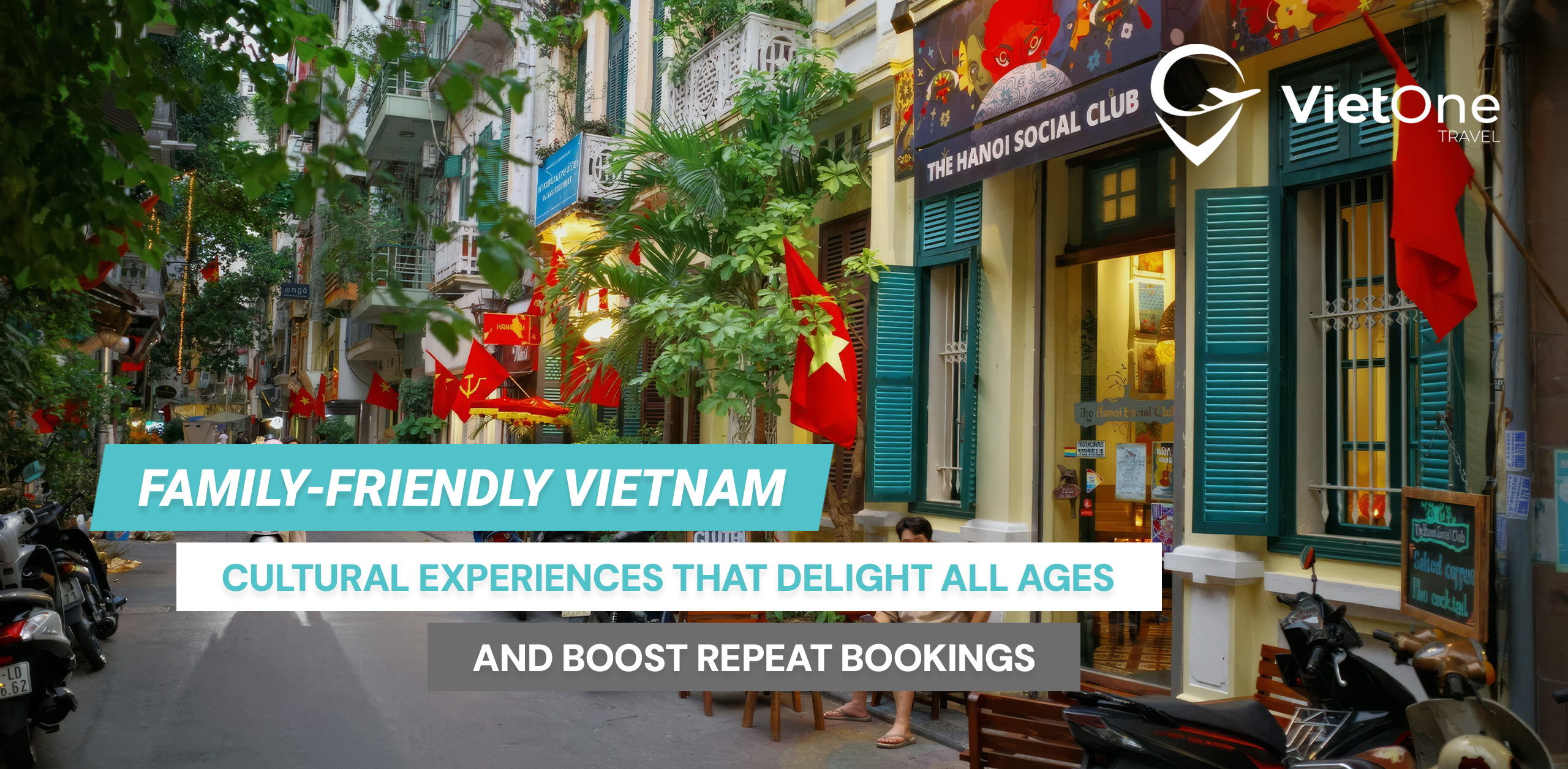Phu Quoc, Vietnam’s largest island and often called the “Pearl Island,” has transformed from a rustic getaway into one of Asia’s hottest travel spots. Visitor numbers have soared, international accolades keep rolling in, and investment is flowing at record speed. At the heart of this growth is an ambitious plan to expand Phu Quoc International Airport—an upgrade that will more than double capacity, welcome larger long-haul jets, and signal the island’s intention to become a world-class destination.

A short runway to success: from local airstrip to international gateway
Until 2012, travelers reached Phu Quoc via a small provincial airport near Duong Dong town. That year, a modern international airport opened on the southern coast, instantly increasing capacity to 2.6 million passengers per year. Demand surged so quickly that by 2018 the terminal was handling more than four million travelers annually—and the growth hasn’t stopped.
Today, over 60 flights a day (around half of them international) land on the single runway, bringing roughly 10 000 passengers daily in peak season. Such volumes push the airport far beyond its design limits and make expansion essential.
The next chapter: Terminal 2 and a second runway
Terminal 2 (T2)
- Adds capacity for six million passengers a year, lifting total throughput to about ten million.
- Includes a dedicated VIP lounge and conference facilities in time for the APEC Summit 2027.
Runway upgrades
- The existing runway will be extended to 3 500 metres for fully loaded wide-body aircraft.
- A new 3 300-metre parallel runway will boost flight frequency and safety redundancy.
Long-term vision
- By 2050 the airport aims to handle up to 18 million passengers annually, cementing Phu Quoc’s role as a regional hub.
For travelers, this means more direct flights, fewer delays, and smoother arrivals. For tour operators and airlines, it opens opportunities to launch long-haul routes straight from Europe, Australia, and the Middle East.
Why demand is skyrocketing
Visa-free access Phu Quoc grants 30-day visa-free stays to nearly all nationalities, unique within Vietnam and a major draw for holidaymakers.
New flight routes Direct services now link the island with Singapore, Seoul, Taipei, mainland China, Central Asia, and seasonal European charters.
Rapid resort boom More than 300 tourism projects worth nearly US $18 billion are in development or already operating. Global brands such as JW Marriott, InterContinental, Hilton, Accor, and Rixos have opened beachfront properties.
World-class attractions Highlights include the eight-kilometre Hon Thom cable car (the world’s longest over-sea ride), the nightly “Kiss The Sea” multimedia show in Sunset Town, safari parks, water parks, golf courses, and a cruise port slated to open by 2025.

Events on the horizon: APEC 2027 and beyond
Vietnam has selected Phu Quoc to host the APEC Summit in 2027—proof of confidence in the island’s infrastructure and global appeal. New convention centres, upgraded roads, and expanded hotel inventory are scheduled for completion before delegates arrive, giving Phu Quoc a chance to shine on the world stage.
Opportunities for travel professionals
- Easier packaging – Visa-free entry, abundant flights, and improved roads simplify multi-centre itineraries.
- Diverse product mix – Combine beach stays with adventure activities, theme parks, food tours, or luxury spa retreats.
- Year-round appeal – Phu Quoc enjoys warm weather even when northern Vietnam is cool, making it a reliable winter-sun option for European markets.
- MICE potential – Large resorts and new conference venues position the island for incentive groups and corporate events.
The bottom line
A decade ago Phu Quoc was known mainly for fish sauce and pepper farms. Today it is one of Asia’s fastest-growing island destinations—and the upcoming airport expansion is the clearest sign of where it is headed next. With a second runway, a new terminal, and a cruise port on the way, Phu Quoc is poised to rival Bali and Phuket. For international travel agents, tour operators, airlines, and investors, now is the moment to stake a place in the island’s bright future.





